Wimbledon house was meant to solve the British housing problem but didn't, says Richard Rogers
In this exclusive video interview, British architect Richard Rogers reflects on the influence of the seminal house he designed for his parents at 22 Parkside in Wimbledon, London.
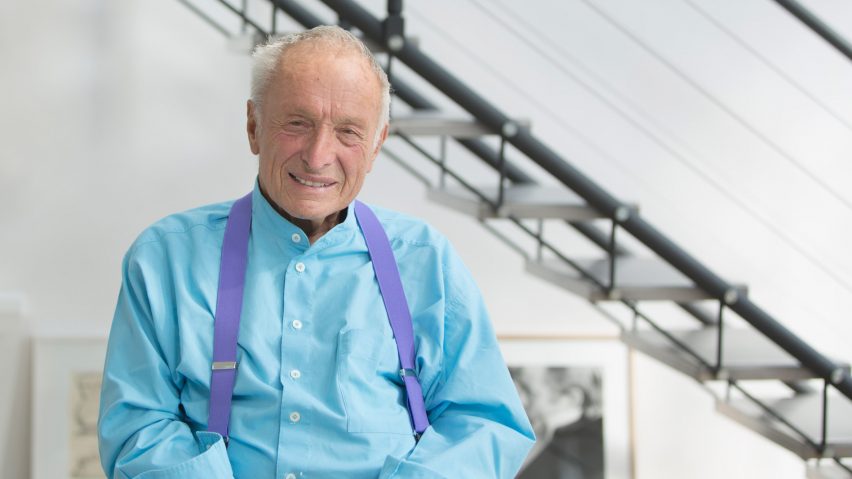
Designed in the late 1960s by Rogers and his then wife Su, the Wimbledon house – also known as the Rogers House – was intended to demonstrate a new pre-fabricated construction system, which would enable homes to be built quickly and affordably.
"This wasn't going to be a one-off like our previous buildings," Rogers says in the movie, which Dezeen filmed in London.
"This was going to be a standardised system to solve the whole of the British housing problem. It didn't! But it did certainly lead to most of the work which I still do some 50 years later and more."
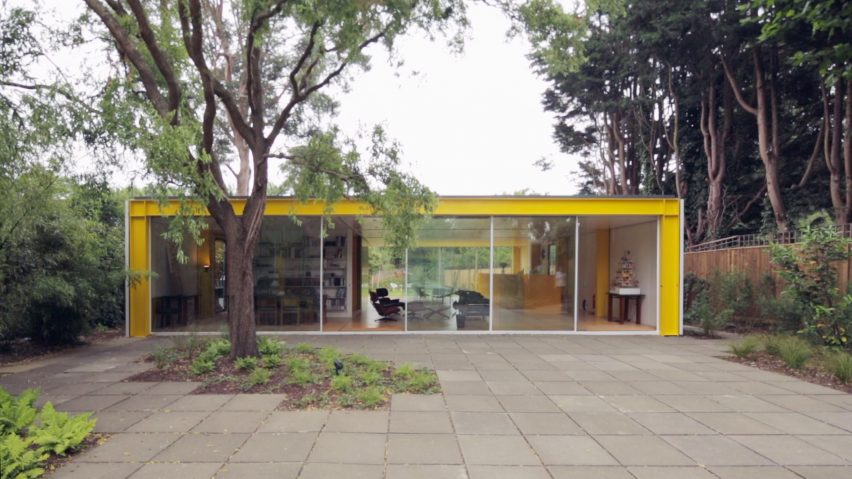
Originally designed for Rogers' parents, the building was adapted and extended by Rogers' son Ab, who moved into the house with his family in 1998.
The house received Grade-II heritage listing in 2013, and two years later Rogers donated the home to the Harvard Graduate School of Design.
Following a renovation by architect Philip Gumuchdjian, which restored the building to its original design, the Harvard Graduate School of Design has been using 22 Parkside for a new residency programme. The house will host six Harvard fellows throughout 2018.
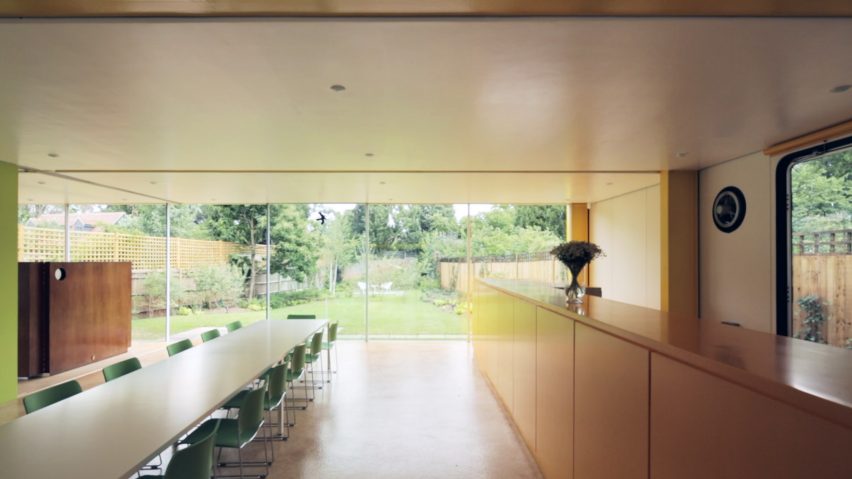
"The house has been through a whole series of different clients and uses," Rogers says. "Now we have given the house to Harvard and they are using it to house graduate students."
The single-storey house is made from a series of bright yellow-painted steel ribs with full-height glazing at each end. Sliding partitions allow the open plan interior space to be reconfigured.
"We decided to use a very simple steel frame, upside down Cs," Rogers explains. "You could have as many as you like in a line, so the house could be as long as you wanted."
"Then you bought bus doors and bus windows and put those at the sides and at the end of this long tube was just glass, so it had absolute visual continuity."
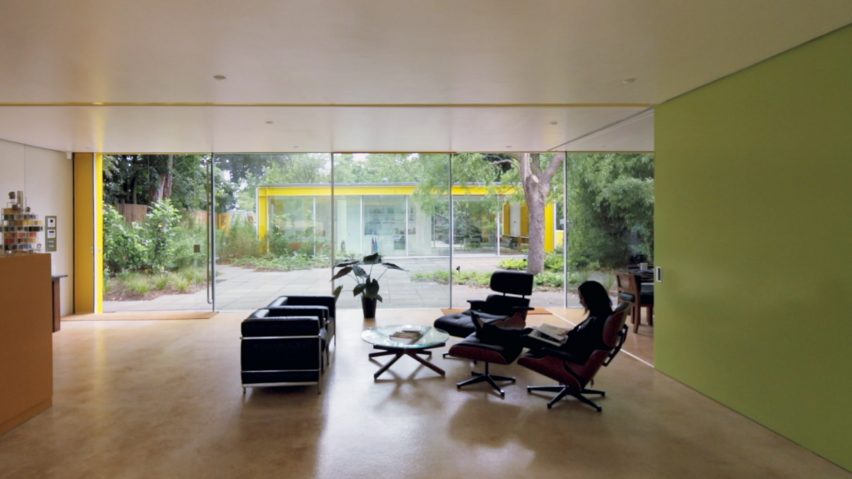
A smaller building made using the same components – originally built as a pottery studio for Rogers' mother – sits opposite the main building, separated by a small courtyard.
Rogers says the concept was to develop a series of off-the-shelf elements, which could be used to construct homes cheaply at a variety of different sizes.
"The idea was that it could all be built in a factory," Rogers says. "You could buy it from your local shop, because you would have these standard components."
While the concept never took off, Rogers says that many of the ideas behind the building were developed in his later work.
He cites 22 Parkside as a precursor to the Pompidou Centre in Paris, completed in 1977, which Rogers designed together with Italian architect Renzo Piano. It remains one of his best-known buildings.
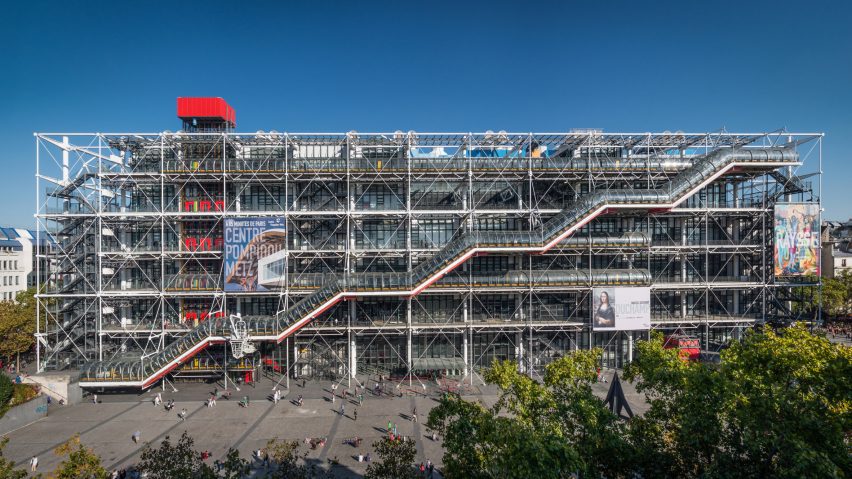
"In a sense, [22 Parkside] was a prototype towards the Pompidou Centre," Rogers says. "If you put the Wimbledon House next to Renzo's work you sort of get the Pompidou Centre."
Like 22 Parkside, the main spaces of the Pompidou Centre are uninterrupted by load-bearing structures, providing a highly flexible interior space.
"It's a much bigger thing – the actual open spaces and the floors are the size of two football fields," Rogers says. "But the concepts were there and the bright colours were there."
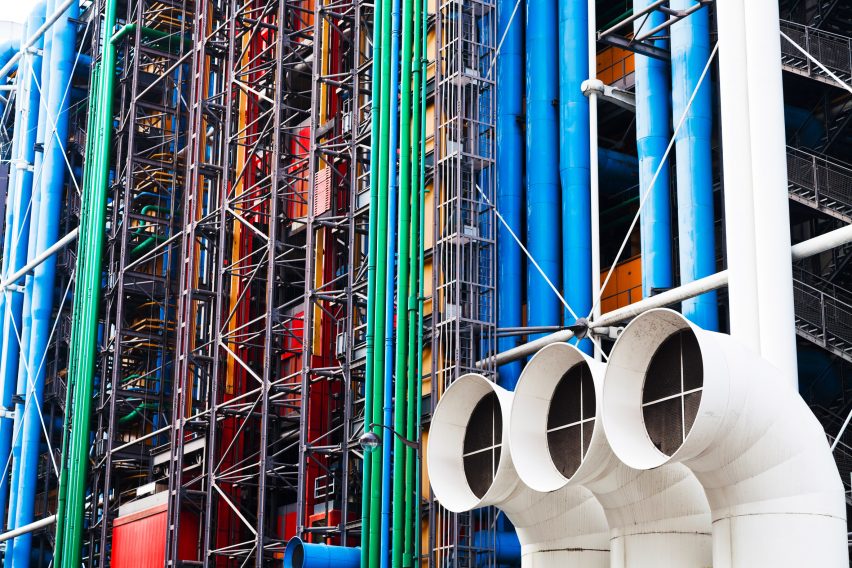
This movie was filmed by Dezeen at Richard Rogers' home and at 22 Parkside in London.
Additional images used in the video are by Rogers Stirk Harbour + Partners, RPBW Architects, Katsuhisa Kida/Fototeca and Philippe Migeat.